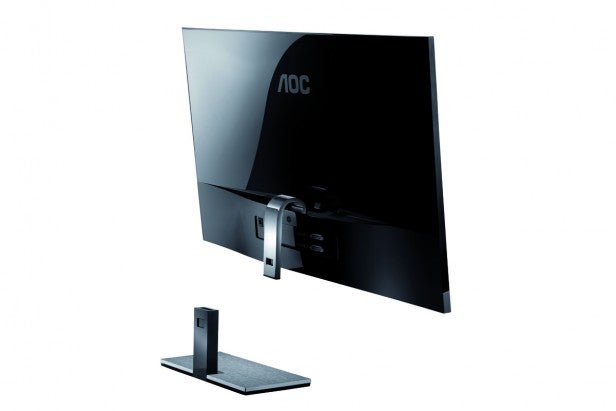
- #How to delete aoc screen plus how to
- #How to delete aoc screen plus android
- #How to delete aoc screen plus plus
- #How to delete aoc screen plus download
Pm uninstall –k ––user 0 com.mi.android.globalFileexplorer Removing security apps causes boot loop issues, according to several users, so we have removed those codes.
#How to delete aoc screen plus android
Extract the Android zip and place the folder on your Desktop.
#How to delete aoc screen plus download
You can download it from the links given below depending on the platform you’re using. Make sure that you have adb installed on your device.Earlier we shared a workaround with our readers to disable some apps, but since there are many users who do not mind little tinkering with their devices, we are writing this post to share a workaround for uninstalling such apps on Xiaomi devices. Follow this guide to uninstall the apps to get rid of advertisements, Presence of these unwanted apps don’t only annoy users but also consume system memory and drain the battery. OEMs pre-load phones with apps to improve user experience, but not all the pre-loaded apps and features are important to all users or some users have their own preferred app for a particular task, for example, most of the users prefer Google Calendar and Keep Notes over Custom Calendar and Notes apps that come pre-installed with the device. If you use a phone running a forked version of Android like MIUI or EMUI, you must have found some apps unnecessary at some point in time. Go to Settings on your device > Touch ID & Passcode > enter your passcode > scroll down to the Allow access when locked section > disable the toggle next to Today. If you are not a fan of the widgets displaying when you swipe right on your Lock screen, then it is possible to disable them completely.
#How to delete aoc screen plus how to
How to disable widgets from your iPhone, iPad’s Lock screen Tap that icon to remove the widget and then tap Done. Instead of a ‘+’ icon, you will now see a red ‘-’ icon. Swipe to the right on your device’s Lock or Home screen > tap Edit at the bottom of the screen > find the widget that you want to remove. To remove a certain widget from your iPhone or iPad’s Lock or Home screen you will follow the same process as you did to add the widget. How to remove a widget from your iPhone, iPad’s Lock or Home screen When you have added all your widgets, tap the Done button in the top right. Tap Edit at the bottom of the screen > find the widget that you want to add to your Lock or Home screen > tap the ‘+’ green icon next to each of the widgets that you want to add. To access the widgets, swipe to the right on your device’s Lock or Home screen. How to add a widget to your iPhone, iPad’s Lock or Home screen We also detail the simple process of how you can disable widgets completely if they are proving to be an annoyance. We look at how you can add and remove widgets that you will access by swiping right on your Lock or Home screen. Alternatively, you can avoid any issues with the beta versions of the operating system and wait for the official release in September. IOS 10 is currently only available in beta 1 for developers, so to be able to add and remove widgets to your Lock or Home screen you will need to download the beta 1 or enroll for the public beta due out in July.

#How to delete aoc screen plus plus
Tip: Widgets can also display above the quick action list when an iPhone 6s or 6s Plus user presses an app icon with 3D Touch. You are also able to control music with the music widget, get weather updates and more. The Notes widget will show you recent notes that you have created while you can also create new notes, reminders, etc. Widgets that are available are the News widget that will show you top news headlines, or you can see what events are scheduled for today, or what appointment you have up next with the two Calendar widgets. Previously iOS users could add widgets to the Notification Center, now with the launch of iOS 10 iPhone and iPad users will be able to add widgets to the Search screen, which is accessed by swiping right on either the Lock screen or the Home screen.


 0 kommentar(er)
0 kommentar(er)
